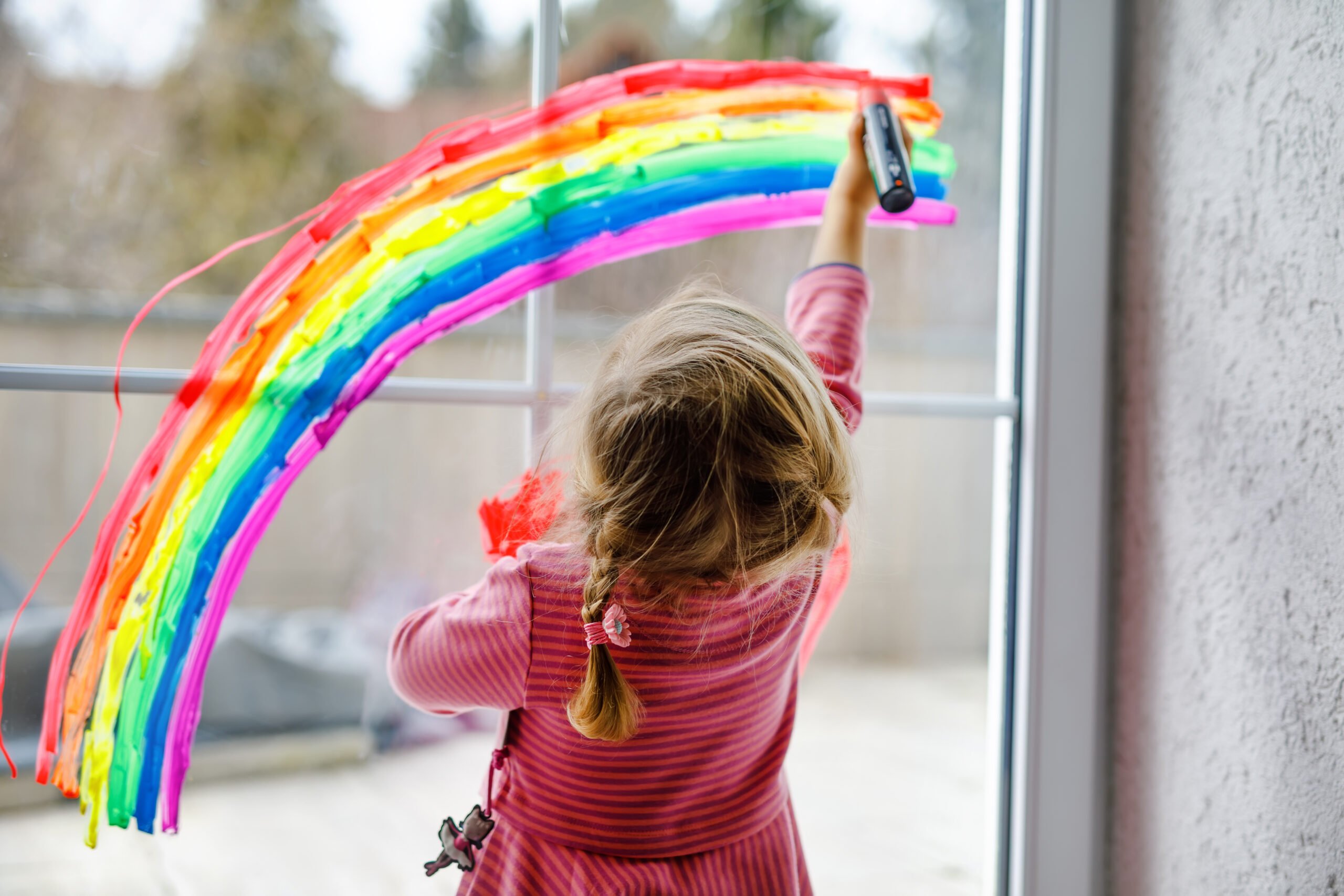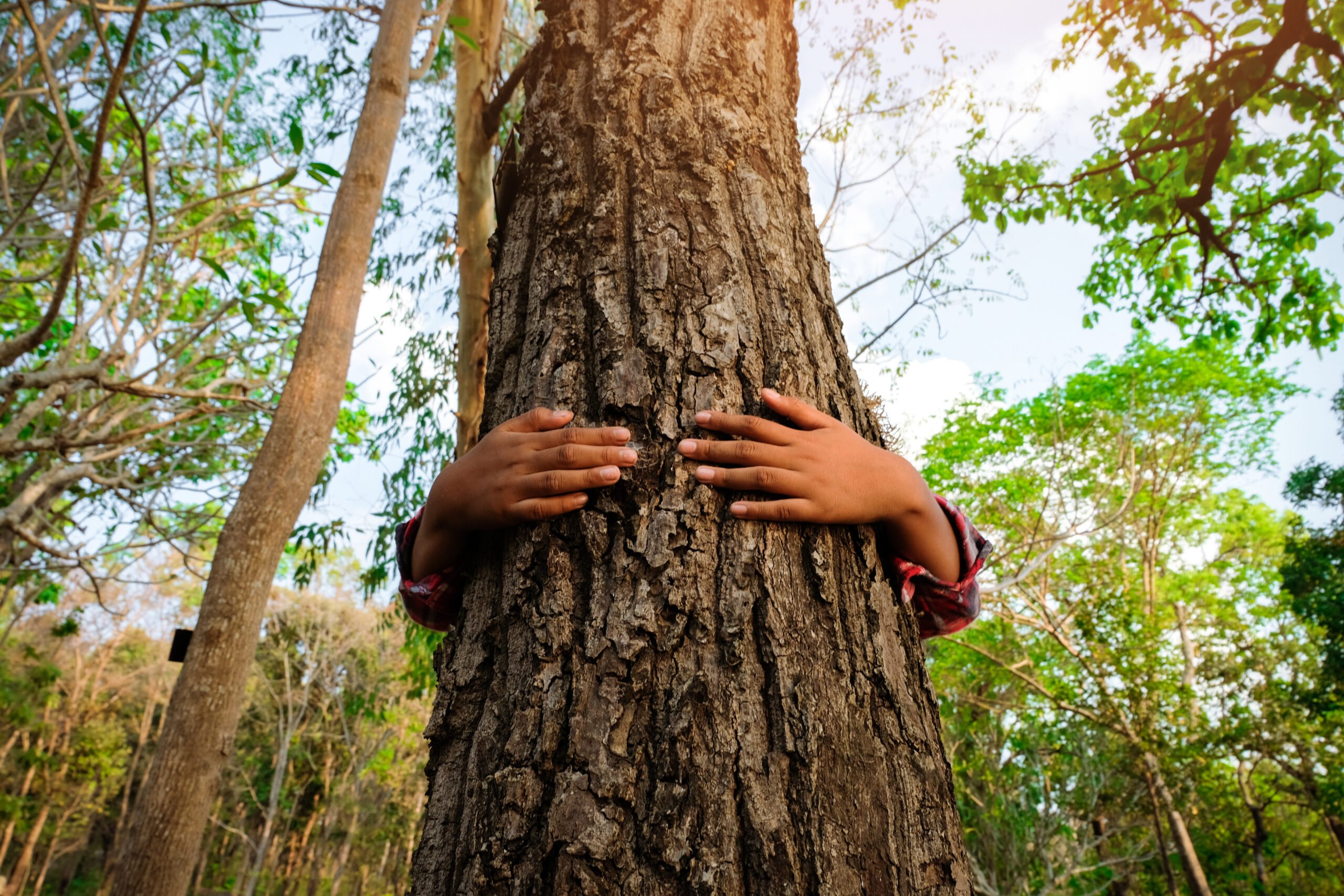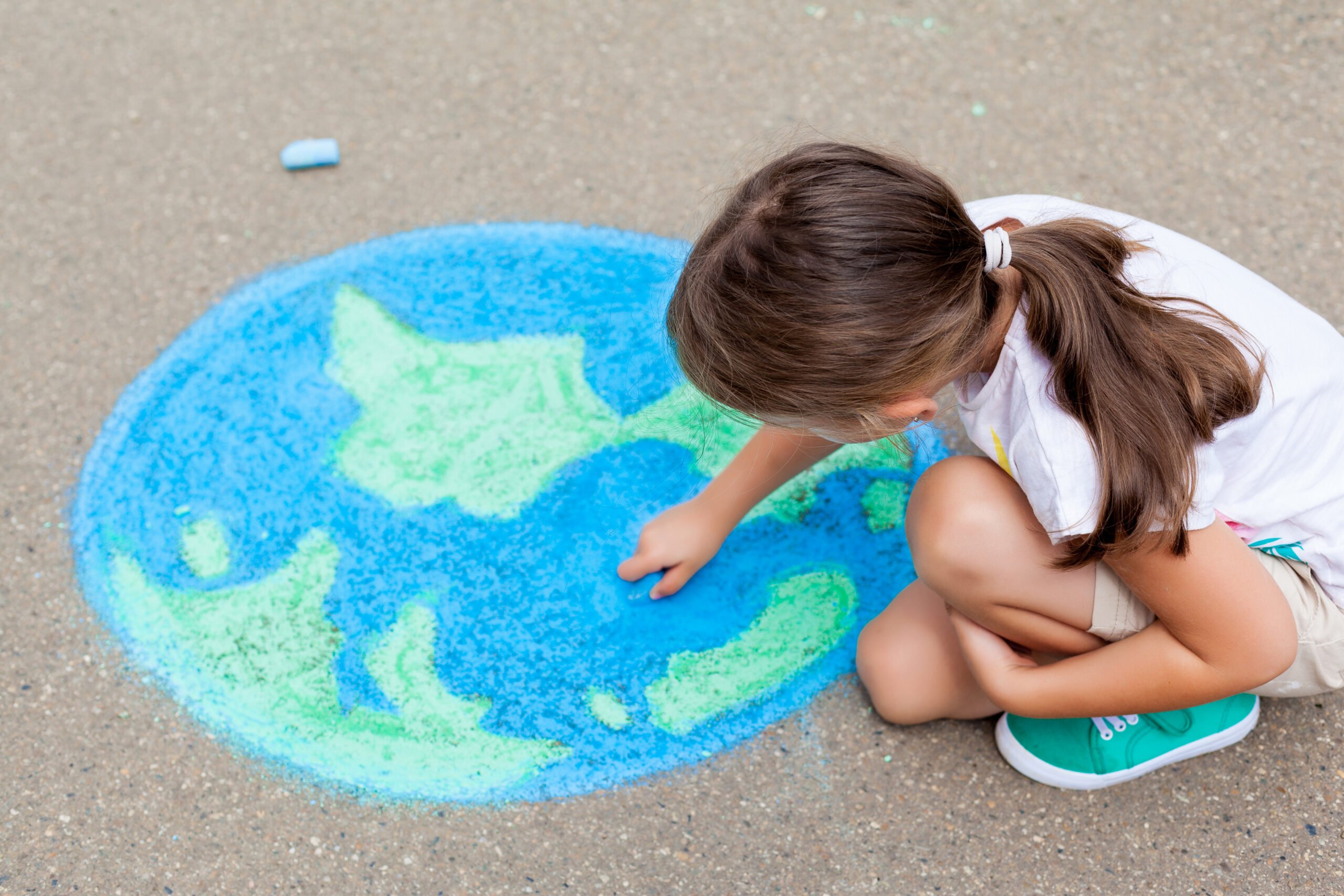Author: fernanda-miranda
Joining the Elevate Children Funders Group aims at increasing visibility and urgency in guaranteeing children’s rights, giving special attention to childhoods in the Global South
To be in a world where children can exercise their rights and live free and full lives. This is the premise of Elevate Children Funders Group (ECFG), the main global network of collective financiers focused exclusively on the well-being and rights of children and adolescents, which the Alana Foundation will join in 2023.
With this membership, Alana seeks to further strengthen the childhood agenda in the Global South. “We work with the perspective of guaranteeing the rights of children and young people from the point of view of countries in the Global South. Joining this network we have the opportunity to meet, exchange and cooperate with organizations that also act in the best interests of children and adolescents. It is also an important victory for the multiple childhoods that we have here, as we want to attract investments and develop projects in partnership to guarantee our children rights that are already guaranteed in other countries regarding the agenda of fundamental themes such as, environment social justice climate changes and digital protection”, explains Laís Fleury, Director of International Relations at the Alana Foundation.
Alana Foundation is the first Global South-based member of the Elevate Children Funders Group. Created in 2011, the group currently has 23 members, including the main global financiers and philanthropic consultants who finance children’s rights project around the world.
The network has invested more than US$1.2 billion in child-friendly causes until 2020. Now, Alana joins the network that includes the participation of organizations that includes Bernard van Leer Foundation, Childhood, Open Society Foundations, among others.
Have you noticed who are often the populations most affected by the effects of the climate crisis? In many places around the world, racial/ethnic populations in situations of vulnerability are often among the main victims of large city floods, landslides, prolonged droughts and other extreme events caused by global warming. These impacts, which threaten adults and children in different ways, are at the heart of what we call environmental racism.
The term was coined in the 1980s by African-American activist and civil rights advocate Dr. Benjamin Franklin Chavis Jr. He developed the concept at a time of demonstrations by the black movement against environmental injustices in the United States, referencing the unequal way in which the most vulnerable communities are exposed to environmental phenomena and are distanced from decision-making. Since then, confronting socio-environmental inequalities has become an important part of the anti-racist struggle.
– Read also: How does racism reveal itself in the climate crisis and affects childhood?
In 2021, the issue gained even more attention when it was raised by activists at the COP 26 debates in Glasgow, Scotland. There, representatives of the black and indigenous movements in Brazil denounced the problem and demanded effective actions from world leaders. They argued that it is not possible to separate the environmental struggle from the recognition and respect for native peoples and the most vulnerable, and that climate justice must go hand in hand with racial justice.
The issue is also present in the inequalities between the global north and south, a consequence of the processes of colonialism, neoliberalism and globalization. Even today, the arrival of large enterprises in the countries of the global south often leads to the displacement of native populations from their territories, destroying their cultures and impacting the environment.
Environmental racism can be observed from the cities to the countryside. Subject to this history of inequalities are Brazil’s favelas, for example. Although 84% of the Brazilian population lives in urban areas, most of the conflicts in the country are related to climate justice. A study conducted by Fiocruz revealed that over 60% of the conflicts affect precisely the populations that live in the fields, forests and coastal zones. In these areas, the disputes for natural resources are linked to Brazil’s insertion in the international trade, generally with environmentally aggressive practices and resulting in direct impacts on low-income populations and ethnic minorities.
– Read also: ‘School is where the first experiences with racism happen’
The issue, which especially affects black, indigenous and Maroon children, led more than 220 civil society organizations to sign a manifesto against environmental racism at COP 26. At the occasion, the Black Coalition for Rights recalled that the climate crisis is also humanitarian and has a direct impact on the lives of black, Maroon and indigenous populations.
“In Brazil, the majority of the population is black and currently represents 56% of the population. To deny environmental racism is to deny that the Brazilian State is racist. It is to deny the reality of life in the peripheries of large cities, the increase in hunger. It is to deny the violation of the constitutional rights of communities, Maroon territories and indigenous lands. It is to deny the country’s history of urbanization and its deep territorial inequalities,” stated the Coalition in the document.
Nonetheless, Brazil did not recognize the concept of environmental racism at the UN. During a session of the Human Rights Council held in 2021, representatives of the Brazilian government questioned the use of the term, arguing that this was not an “internationally recognized” terminology. For the current government, the relationship between environmental problems and social issues, such as racism, should have a “balanced and integrated approach to the social, economic and environmental dimensions”.
The result is a lack of information about environmental racism in the country, while possible solutions are often discussed only superficially. It is important that we start looking at our past, our present and call things by their real names.
– Read also: Alana brings the reality of childhoods in the face of climate emergency to COP27
It is true that extreme weather events impact everyone, but there is no denying the persistent and structural grouping of those who are most affected. Within this web of vulnerabilities, the black, Maroon, fishing, peripheral, indigenous and riverside populations, especially their children, are paying the highest price. It is necessary to bring the people who suffer climate injustices to the center of the decision-making processes. Only then will it be possible to guarantee a habitable planet for children in the present.
– Read also: Environmental justice: children are the most affected by degradation
In recent years, Brazil has seen fires and deforestation increase at a rapid pace and advance over several biomes. While the inspection agencies, responsible for curbing and preventing these problems, are being dismantled, funds to finance preservation programs are being frozen. This context has led the country to increasingly judicialize the climate crisis. That is, both political parties and civil society organizations have filed lawsuits with the Brazilian Supreme Court to try to contain the setbacks in the environmental agenda and protect nature and children.
– See also: Childhoods between screens and nature
In 2022, the Brazilian Supreme Court received seven filed actions related to the guarantee of socio-environmental preservation measures, in the so-called “green package“. The Alana Institute participated in three of these actions as amicus curiae (friend of the court), with the function of providing subsidies to the ruling body. It brought to the case records the voice of children, who are interested parties because they are part of one of the most vulnerable groups to the effects of climate emergency.
“In these more than 400 drawings and letters that we delivered to your Excellencies (Ministers), the children are unanimous in asking that nature be cared for and preserved. For us, from the Alana Institute, protecting nature is taking care of Brazilian children with absolute priority“, stated lawyer Angela Barbarulo, who coordinated the Climate Justice and Socio-Environmental axis of the Children and Nature program, from the Alana Institute, during her oral argument.
– Read also: Children tell the Supreme Court Ministers: give the Amazon a chance!
It is unusual for the highest court in the country to docket so many actions on the same topic in a single session, but the severity of the moment demands it. The deforestation rate in the Amazon rose 73% from 2019 to 2021, according to the National Institute for Space Research (Inpe) linked to the Federal Government’s Ministry of Science, Technology and Innovation. Deforestation and wildfires have intensified, increasing air pollution and climate destabilization.
According to an Ibope survey, 77% of Brazilians believe that protecting the Amazon should be a priority. By docketing actions related to the environment, the Supreme Court shows that it is connected to the wishes of the country’s population and becomes an essential institution to curb omissions and pressure governments to protect our environment.
– Read also: Is it a climate crisis? Or is it ours?
Recover resources from the Amazon Fund and the Climate Fund
One of the lawsuits docketed by the Brazilian Supreme Court deals with investments in defense of the Amazon. A Direct Action of Unconstitutionality by Omission, ADO 59, was filed because the federal government has paralyzed activities and failed to make available the R$1.5 billion in the Amazon Fund, aimed at financing preservation projects in the Legal Amazon.
The Brazilian government has been making changes to the fund’s format since 2019, extinguishing the technical and guiding committees and preventing them from acting on new projects. For this reason, Minister Rosa Weber proposed that the Union reactivate the Amazon Fund and refrain from making new suspensions. The issue was analyzed this month by the other members of the Court and, by 10 votes to 1, the Ministers determined the resumption of the fund within 60 days.
Among the actions within the Supreme Court’s green package was also the Argument of Noncompliance with a Fundamental Precept, ADPF 708, which dealt with the non-allocation of resources by the federal government for the National Fund on Climate Change (Climate Fund) since 2019. In July of the current year, the majority of the Supreme Court Ministers prohibited the contingency of the fund’s revenues and determined that the Union must adopt the necessary measures for its operation, with the consequent allocation of resources.
Deforestation and dismantling of inspection
Deforestation was also brought to trial before the Court. Seven political parties and ten civil society organizations – among which was the Alana Institute – jointly filed the ADPF 760 in 2020 to demand from the Court the resumption of compliance with the goals established by national legislation and international agreements undertaken by Brazil on climate change.
Rapporteur for the case, Minister Cármen Lúcia voted for the Supreme Court to order the Brazilian authorities to present a plan with goals, actions and budgetary allocations to resume environmental control and inspection activities, as well as to combat crimes in the Amazon, by safeguarding the rights of indigenous peoples. But the final ruling on the matter was suspended by a request for examination by Minister André Mendonça.
The quality standards of the air we breathe
The Direct Action of Unconstitutionality, ADI 6148, was also heard by the Supreme Court. The lawsuit challenges CONAMA Resolution 491 of 2018, which establishes air quality standards. According to the lawsuit, this resolution does not effectively and adequately regulate such standards, being “vague and permissive” and leaving unprotected the fundamental rights to environmental information, the ecologically balanced environment, health and, consequently, life.
The Supreme Court did not recognize the unconstitutionality of the resolution, but determined that CONAMA should update the standard so that it has “sufficient protective capacity for air quality” within two years. If this update is not done, the country will have to use the air quality standards adopted by the World Health Organization (WHO).
The Alana Institute, through the Child na Nature program, acted as amicus curiae in ADPF 760, ADO 59 and ADI 6148.
– Read also: Children and nature in the hands of justice
Brazil has also judicialized the crisis in the Pantanal
The climate crisis has also been causing imbalances to the Pantanal, an area of 150 thousand square kilometers between the states of Mato Grosso and Mato Grosso do Sul, which is home to the largest floodplain on the planet and represents a complex with great biodiversity. Targeted by fires and burning, the Pantanal has also seen its own crisis taken to court.
In ADPF 857, four political parties are asking for a plan and actions to prevent the fires that occurred in the Pantanal in 2020 from happening again in an aggravated manner. They contend that the fire, besides putting at risk a significant amount of wildlife species, advanced over indigenous lands and caused immense economic, social and public health losses for these peoples. The situation, they argue, violates several constitutional principles.
There are other lawsuits with similar objectives filed with the Brazilian Supreme Court. ADPF 743 and 746 have also been filed to force the federal government to comply with measures against the advance and the effects of the fires that are affecting the Amazon and the Pantanal wetlands.
Indigenous health in the pandemic taken to court
Faced with the lack of response from Brazilian institutions and the advance of the Covid-19 pandemic in the country, the need for action to protect indigenous peoples has also been judicialized. The Articulation of the Indigenous Peoples of Brazil (APIB) joined political parties and civil society organizations and filed, with the Supreme Court, ADPF 709 with the aim of confronting the omission of the federal government in combating the pandemic and demanding measures to protect various ethnic groups. The action requested, for instance, the installation of health barriers in territories where isolated or recently contacted peoples live, in order to protect them.
– See also: Nature is health during childhood
Protecting the environment is protecting the future of children
The socio-environmental and climate mismanagement in Brazil has demanded strong actions from the Justice system, especially to ensure the protection of the rights of those most vulnerable. In this group are children and adolescents, who suffer the effects of climate change in an amplified way.
The analysis of such actions by the Supreme Court must be based on the rights of children and adolescents foreseen in article 227 of the Brazilian Constitution, which ensures their best interests and the absolute priority of their fundamental rights, as well as in article 225, which endows the right to a balanced environment with the status of a fundamental right. In practice, this means starting from a human rights perspective based on justice, respect for human and non-human life, as well as intergenerational solidarity.
“Protecting nature is taking care of Brazilian children, a constitutional duty, a legal rule, imposed on all of us – families, society, companies and the State – and, thus, the principle of intergenerational equity must be placed at the center of the debate when we think about our common future,” stated Angela Barbarulo.
– Read also: Alana brings the reality of childhoods in the face of climate emergency to COP27





